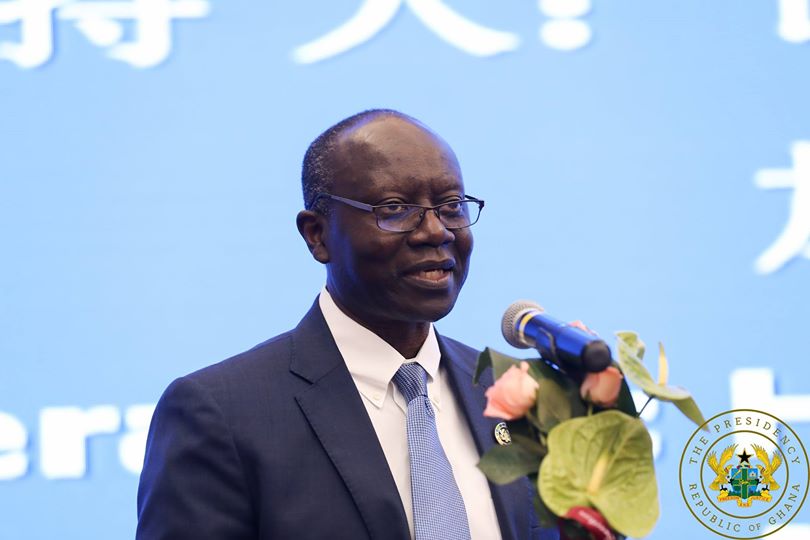Ghana has signed an agreement for a $ 500-million partial guarantee from the World Bank for its Offshore Cape Three Points (OCTP)- Sankofa gas project. The IDA payment guarantee covers the risks of non-payment should the Ghana National Petroleum Corporation (GNPC) fails to meet its payment obligation under the gas sales agreement covering the Sankofa field.
The World Bank will also in addition provide $200 million enclave guarantee to the partners to support project financing for the private sector by covering debt service defaults as a result of breach of specified contractual obligations by the GNPC and the government.
Agreements covering the guarantees were signed in Accra with the World Bank Country Director, Mr Henry Kerali, signing on behalf of the Bank, while the Finance Minister, Mr Seth Terkper, signed on behalf of the Government of Ghana.
Mr Terkper said the agreements include the indemnity agreements whereby government will indemnify or reimburse the World Bank for any payments they may have to make to the letters of credit (LC) banks on GNPC’s behalf.
He said GNPC would under the agreements make payment from funds for the sale of purchased gas, and as support guarantee, the GNPC’s approved share of petroleum revenue from the Jubilee, TEN and Sankofa Gye Nyame fields, as well as the World Bank’s partial risk guarantee (PRG) and sovereign guarantee.
Mr Terkper said the development and production of the Sankofa Gye Nyame gas field was expected to yield major economic and social benefits to the nation, including increased petroleum revenue through royalties and taxes, as well as creating jobs and employment opportunities from the development of the domestic gas market.
“We will also have a competitive gas price which will enhance national energy security and position Ghana as a regional hub for energy supply to the rest of West Africa and also have access to long-term cheaper and sustainable gas feedstock which will spur the nation’s industrialisation drive,” he added.
Mr Alex Mould, the Chief Executive of the GNPC, said the Sankofa project was one of the few projects around the world that had progressed, in spite of the challenging oil and gas environment.
The project is Ghana’s first gas-to-power project, with the capacity to supply natural gas up to 180 million standard cubic per day. This is enough to generate up to 1,100 megawatts of power, using the combined cycle technology.
“It is a landmark project which will contribute significantly to meeting Ghana’s energy security needs,” he said. The field, lying about 60 kilometres offshore Ghana, holds an estimated proven hydrocarbon reserve of 204 million barrels of oil and 1.1 trillion standard cubic feet of natural gas.
He said the GNPC was working with the project partners, Eni and Vitol, to ensure that first gas was obtained on the scheduled date — the second quarter of 2018. Mr Kerali said the World Bank had made energy a priority under its strategy to achieve its twin goals of eliminating extreme poverty by 2030 and boosting shared prosperity in sub-Saharan Africa.
He said the Sankofa gas project was aligned to the World Bank’s strategy, adding: “It is a well-structured energy investment that has the potential of transforming Ghana’s energy economy.”
GNA




















